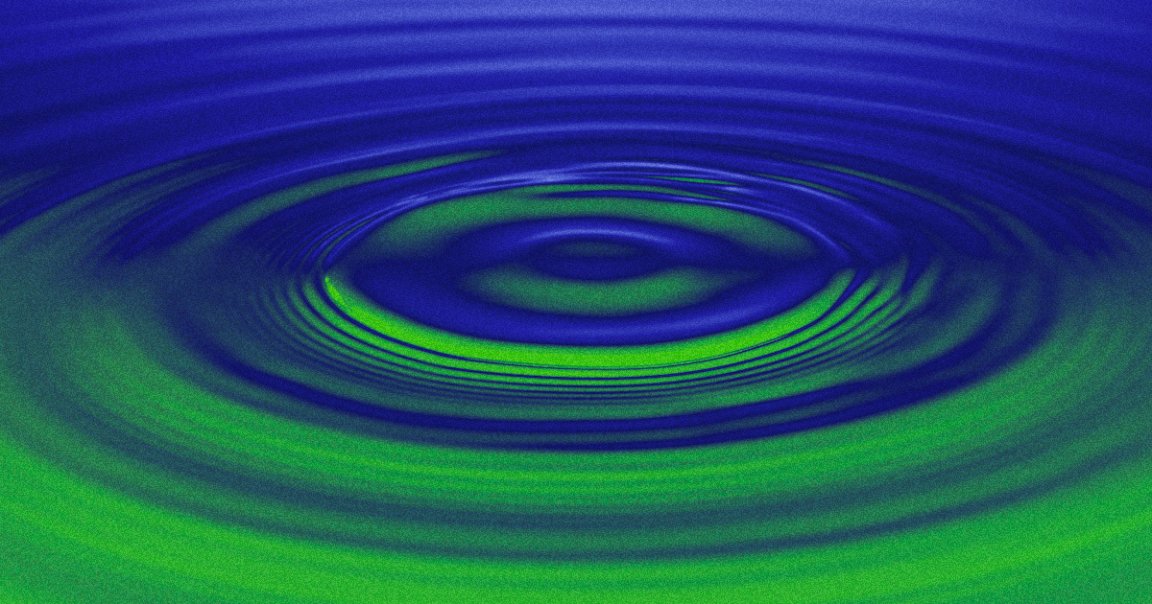
Low Hum
A team of astronomers has detected the faint hum of gravitational waves echoing throughout our universe, Reuters reports, by linking together dead stars to create a giant gravitational wave detector.
This constant hum in the cosmos may be caused by pairs of supermassive black holes merging together, according to members of the NANOGrav research team, who published their findings in the journal The Astrophysical Physical Journal Letters last week.
“It’s really the first time that we have evidence of just this large-scale motion of everything in the universe,” Maura McLaughlin, co-director of NANOGrav, told the Associated Press.
Chirp Chirp
In 2015, scientists first detected gravitational waves but only in specific circumstances and at higher frequencies, according to the AP. Two relatively small black holes merged into a bigger black hole, sending gravitational waves — a quick “chirp” — that were picked up by the Laser Interferometer Gravitational-Wave Observatory or LIGO.
This most recent discovery, however, shows that these gravitational waves are permeating the universe with a subtle, much lower frequency hum as well, which scientists likened to the general, buzzy chatter of a large party of people.
Background Noise
Collected data for this study spans a 15-year period and involved a big international team of astronomers.
To make their discovery, the team used 67 pulsars, rapidly spinning neutron stars, which send out radio waves constantly and at a steady, predictable clip, kind of like a lighthouse.
An Earth-based observatory would never be able to measure these ripples, so “we had to build a detector that was roughly the size of the galaxy,” NANOGrav researcher Michael Lam of the SETI Institute told the AP.
Researchers were able to use these pulsars to detect these gravitational waves because they were throwing off the regular beat of these pulsars.
These gravitational ripples also appear to fluctuate, oscillating in a cycle that may take years or decades.
Scientists don’t know the location of where these waves are coming from but suggest that supermassive black holes at the center of merging galaxies may be responsible.
Scientists are excited about this research because it not only confirms Einstein’s predictions about gravitational waves but it also helps astronomers form a better understanding of how some of the most massive objects in the universe evolve over time.
More on black holes: Gaze Upon the Brutal Beauty of Four Massive Black Holes About To Crash